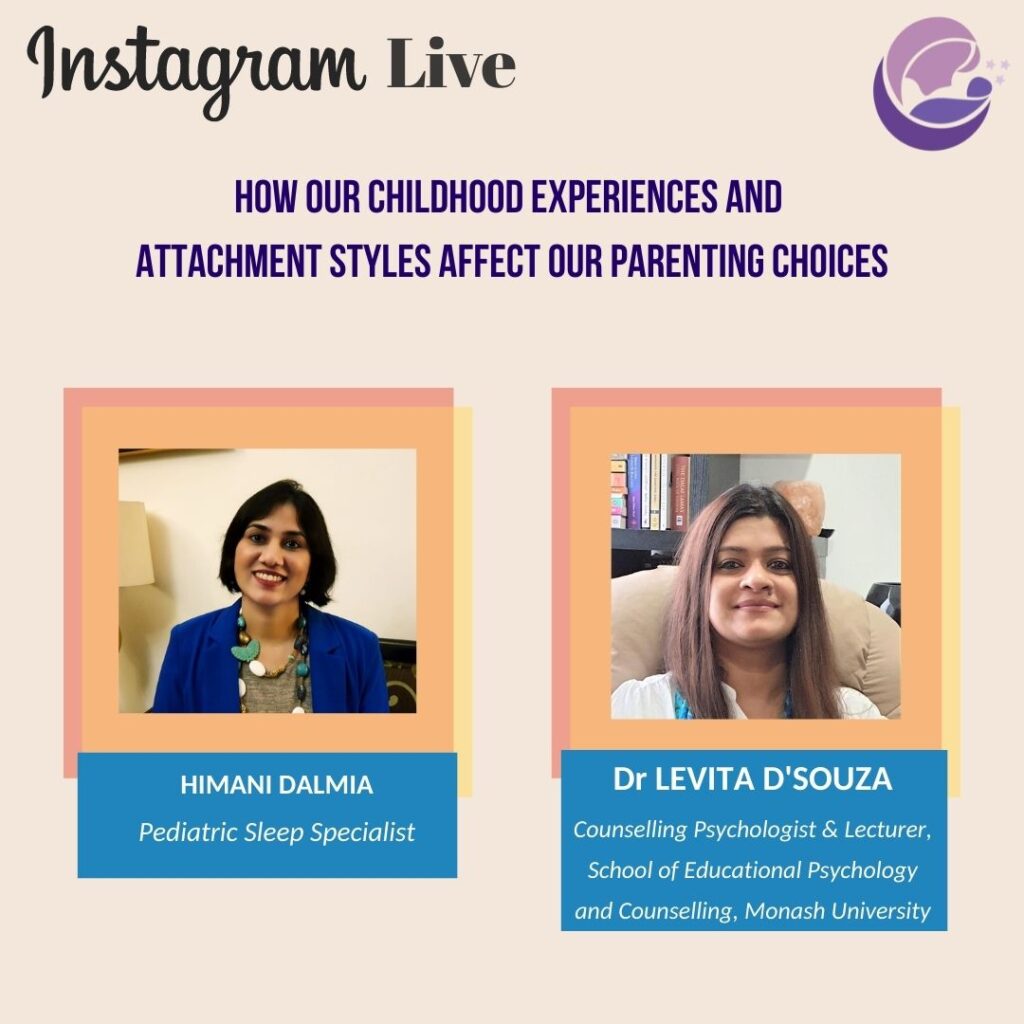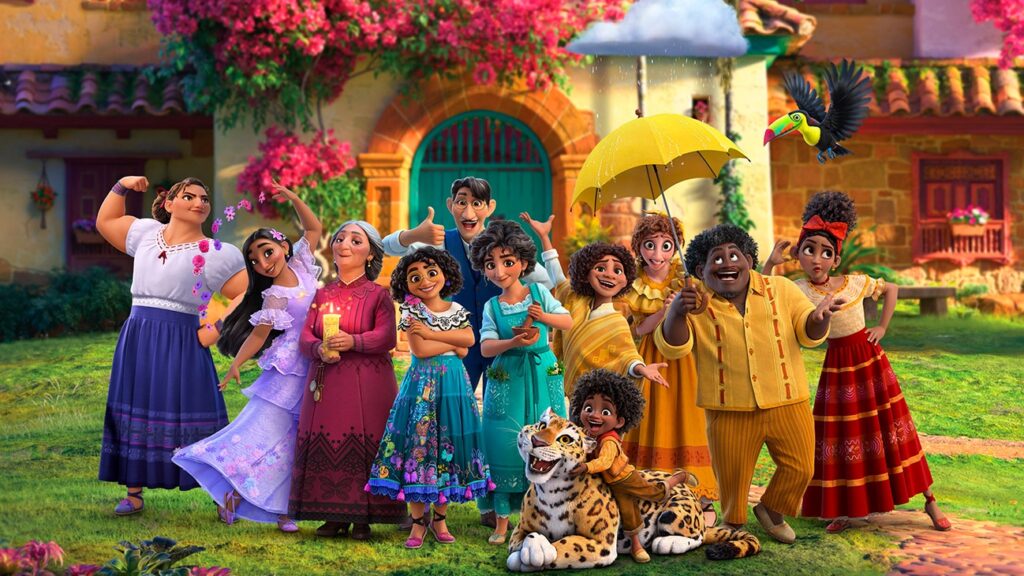Instagram Live with Dr. Levita D’Souza

Instagram Live with Dr. Levita D’souza I had a riveting conversation with Counselling Psychologist and Researcher, Dr Levita D’Souza, on
We Need to Talk About Encanto

We Need to Talk About Encanto With its latest animated extravaganza, Encanto, Disney weaves its magic to shine a light
